098 CD / Antonin Dvořák. Piano Trios Vol. 2
Abegg Trio Series Vol. XXI
Antonin Dvořák
Piano Trios Vol. 2
Trio for piano, violin and violoncello in G minor op. 26
Trio for piano, violin and violoncello in F minor op. 65
Abegg Trio
EAN/barcode: 4009850009801

Description
"With this recording of Dvořák’s piano trios op. 26 and 65 the Abegg Trio and the TACET label have landed a big catch. The ensemble, with its many awards, once again lives up to its high reputation. This is first-class playing: intensive, balanced, deeply felt, and always tasteful and of select musical transparency! [...] All this and not least the excellent, natural sound of the recording make this production a sure candidate for an award." (klassik heute)
"(...) These performances are very different from the Suk Trio's earthier, more heavily inflected performances (for Supraphon and Denon), but no less valid, and in fact represent a major contribution to our understanding of these endlessly inventive pieces. A magnificent achievement." (classics today)
7 reviews for 098 CD / Antonin Dvořák. Piano Trios Vol. 2
You must be logged in to post a review.
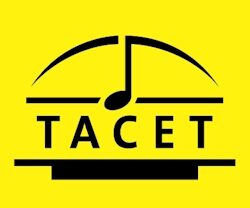
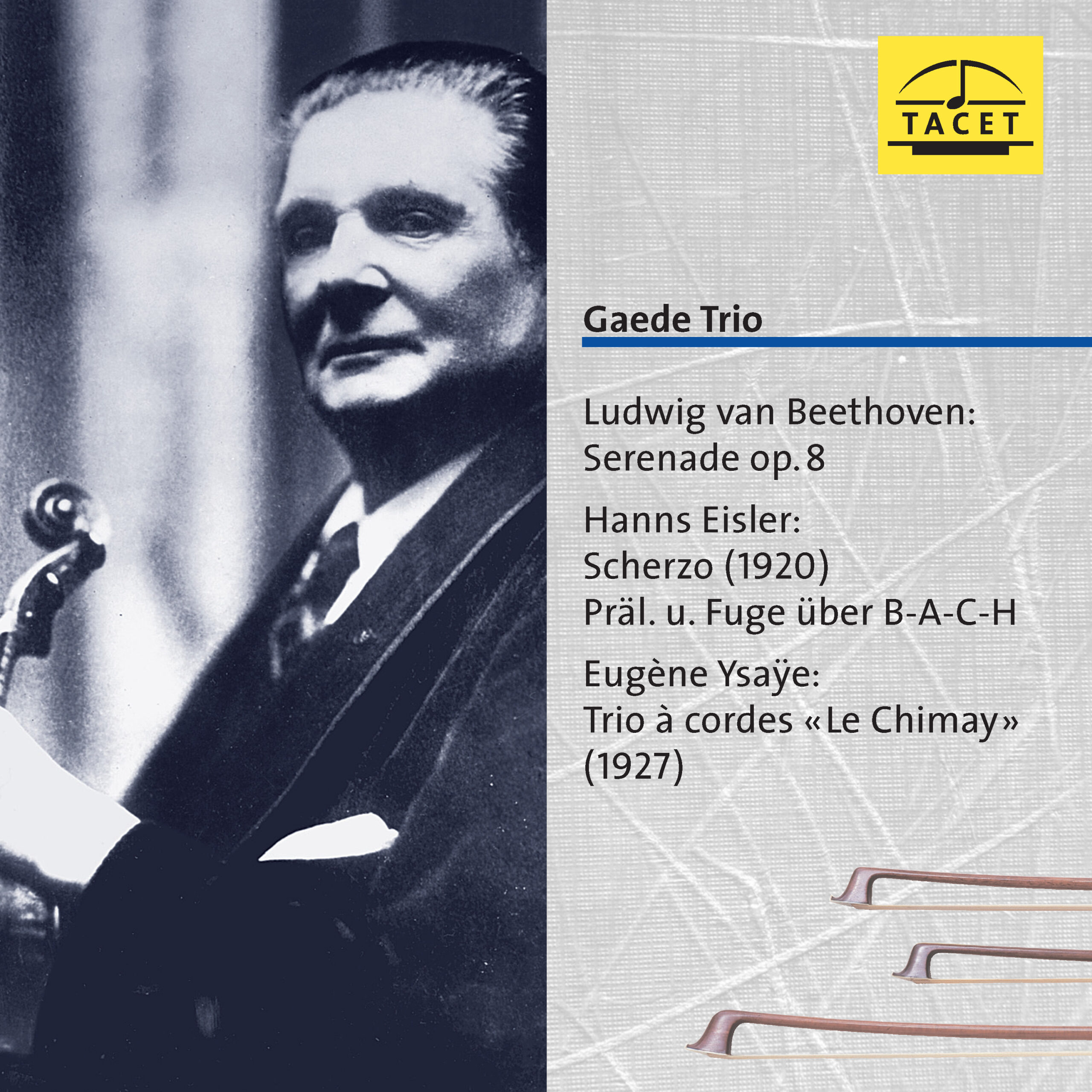
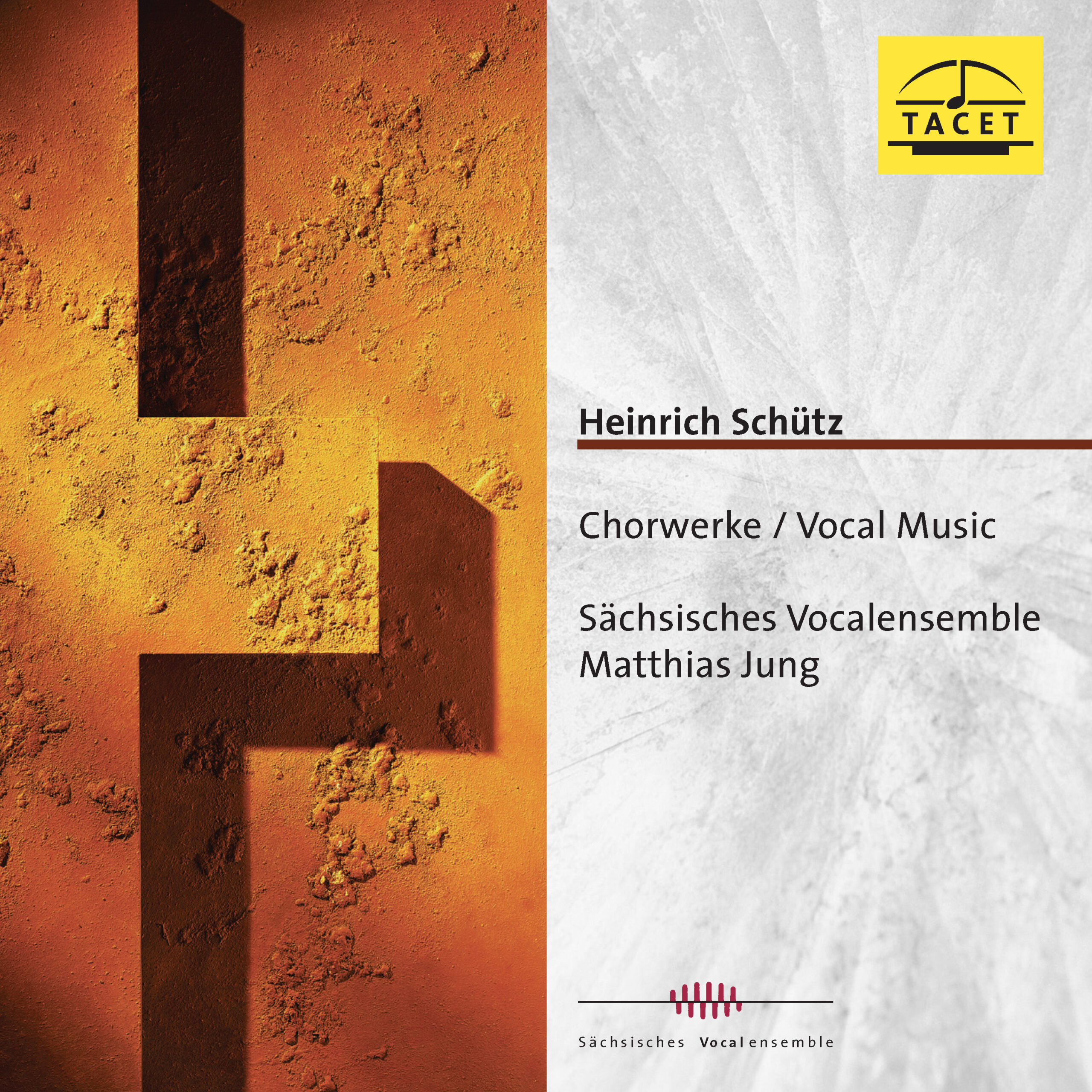
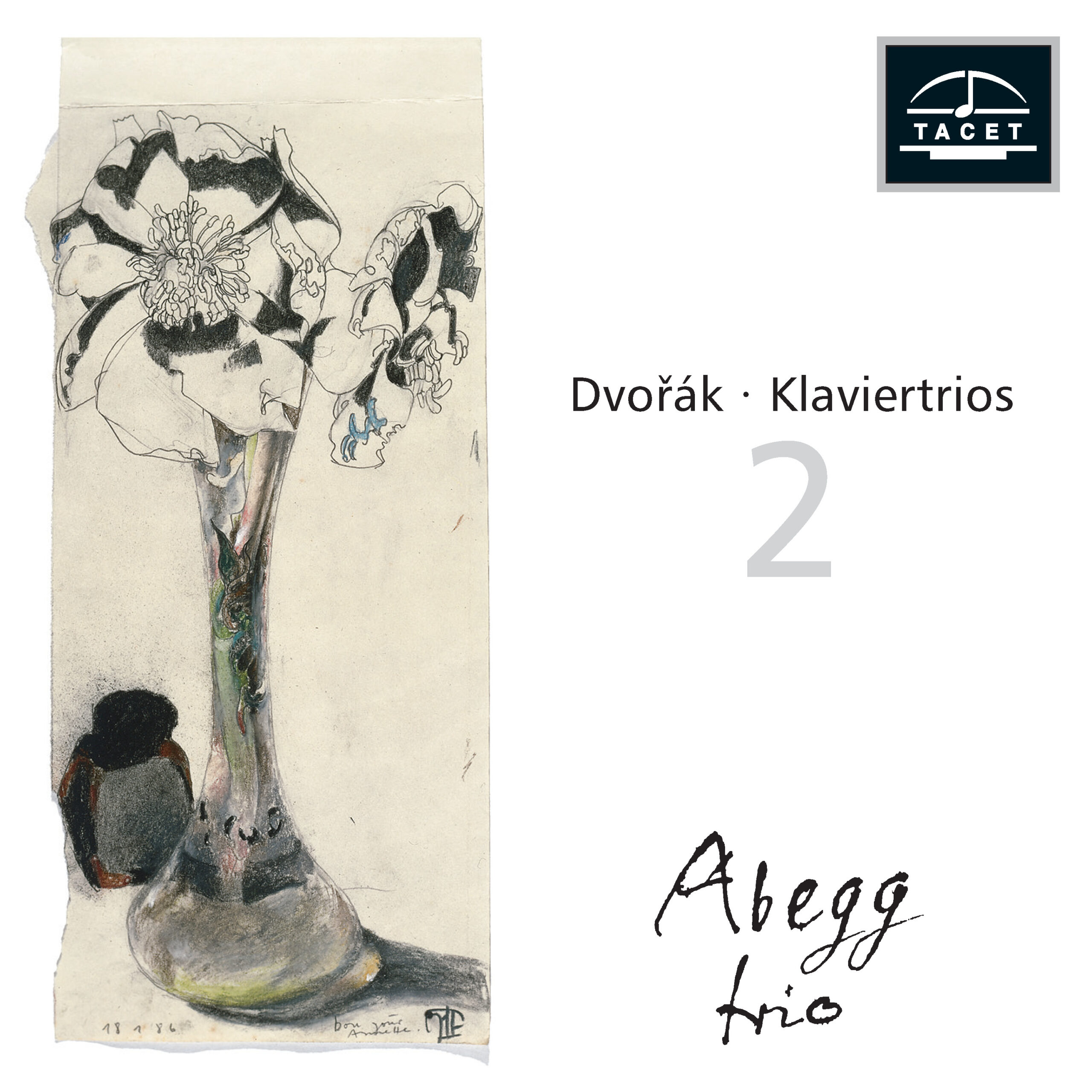
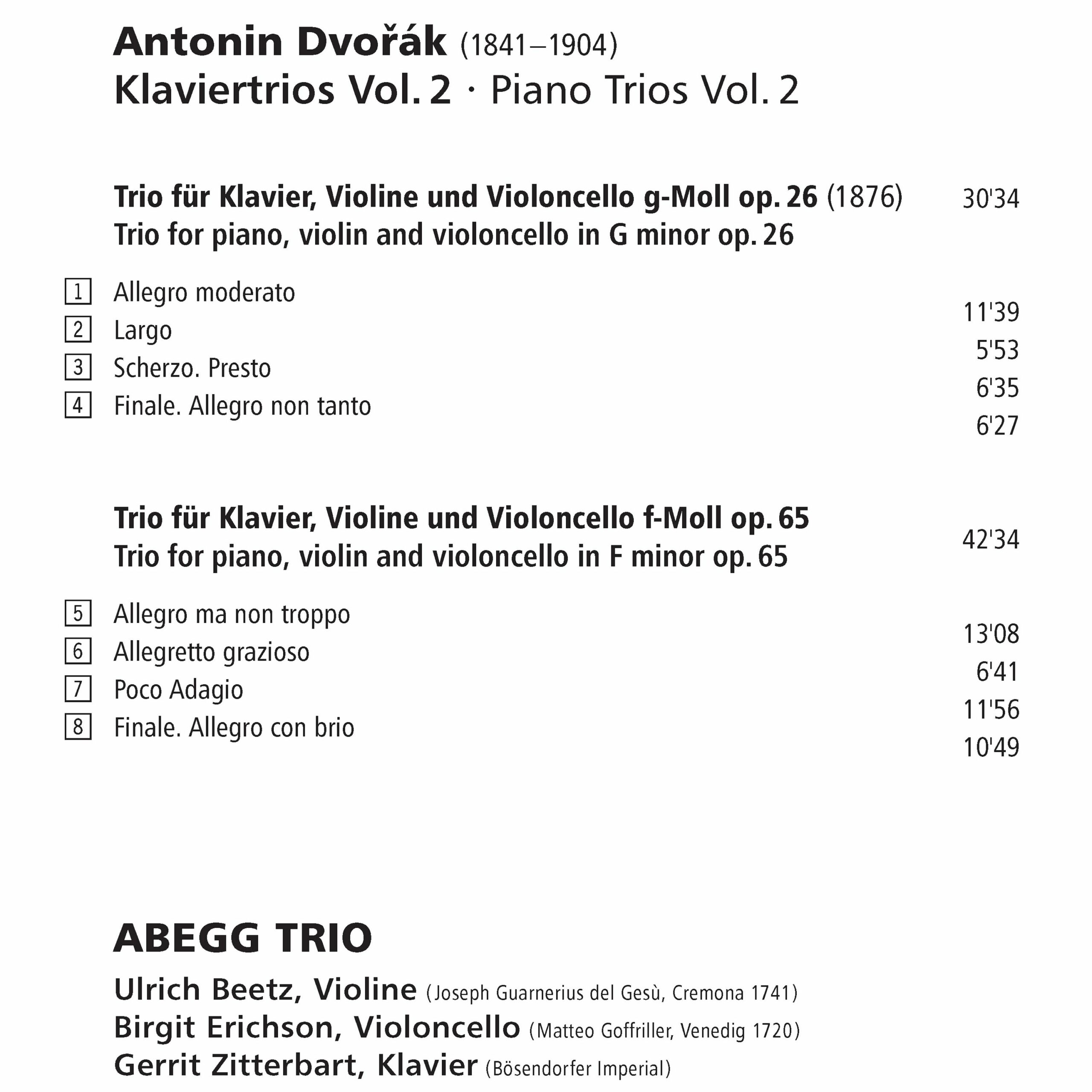


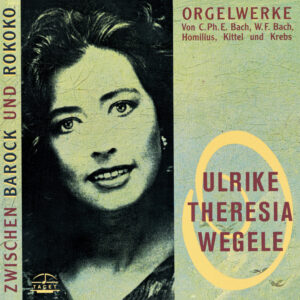
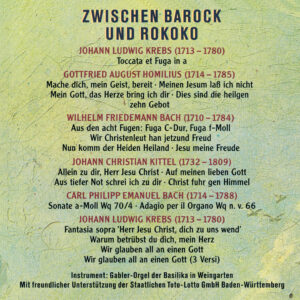


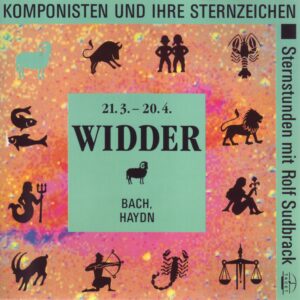
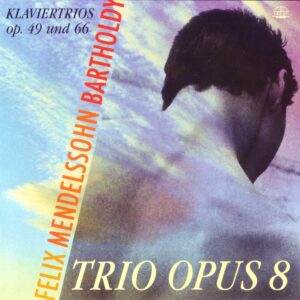
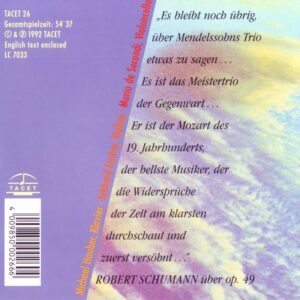
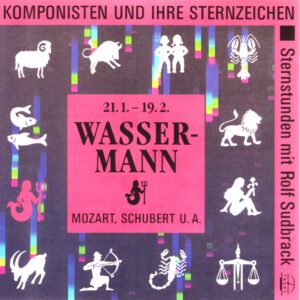
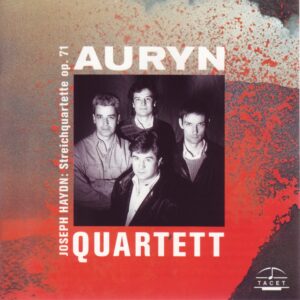
Resonanz –
Dvořák as Thinker
What Rodin cast into his Thinker in formative power, the ABEGG TRIO shapes into sound.
“As a thinker, Dvořák was incorrigible.” The seriously dramatic tone of his two piano trios is all too often associated with the painful blows of Dvořák’s fate. But, as the highly insightful liner notes by Jan Reichow make clear: “Hard experiences, moods, and suffering alone scarcely give rise to coherent musical form; it requires compositional, ‘combinatorial’ imagination, above all the ability to reinterpret vital impulses as well as suffered blows for the sake of work and art.”
The genesis of the F minor Trio shows how, through his artistic crisis, Dvořák reached an entirely new level of compositional development. He struggled with the accusation that his “naively sensitive, cheerfully creative talent” lacked dramatic capability. Thus he worked consistently on the grand, form-shaping dramatic arc. And it is precisely here that the ABEGG TRIO intervenes. There is no “exaggerated pushing forward of the Slavic character,” for the inner logic of thematic development and the clarity of form form the ensemble’s tonal ideal—the same ideal to which Dvořák committed himself during the composition’s creation. This is also perceptible in the recording quality of the CD. The three instruments are guided into a comprehensive unity that opens to the listener with clear separation. “Thinking in music—incorrigible.”
Claudia Buder
Jürgen Seeger –
The Abegg Trio enjoys not only an excellent reputation in the international chamber music scene, but also a distinctive hallmark: the cover illustrations of many of their CDs are by Horst Janssen, the Hamburg draftsman and graphic artist who passed away in 1995, known for his highly characteristic line. The covers of the two new CDs featuring Antonín Dvořák’s piano trios are adorned with a Janssen drawing titled Bonjour Annette—a glass vase with wide-open anemones beside an inkwell. A symbol of creativity and art, and thus also a symbol for the Abegg Trio, founded in 1976 (incidentally named after Robert Schumann’s Abegg Variations, Op. 1). As these Dvořák recordings show, however, creativity in the Abegg Trio is underpinned more by stylistic assurance and meticulousness than by spontaneous, playful musicianship. The Dvořák cliché of the composer whose “Bohemian soul,” or whatever is commonly assumed to stand for it, is palpable, is not necessarily served by this trio. This in no way detracts from the depth of expression—and Ulrich Beetz (violin), Birgit Erichson (cello), and Gerrit Zitterbart (piano) once again demonstrate that they are a top-class chamber ensemble. Schubert casts a greeting, and Brahms served as a model for Antonín Dvořák’s piano trios, which belong to the most beautiful works in this chamber music genre at the close of the 19th century. As intensely atmospheric as they are, the tone of the instruments plays a major role in their interpretation. In this respect, too, the Abegg Trio earns an additional point: Ulrich Beetz and Birgit Erichson play on historical instruments. For Trios Op. 21 and Op. 90 they use 19th-century instruments; for Trios Op. 26 and Op. 65 on CD number 2, their choice fell on a Guarneri del Gesù violin (Cremona, 1741) and a Matteo Goffriller cello (Venice, 1720). And the fundamental decision to use a Bösendorfer piano, which best complements the rich string sound, proves successful here as well: sensual power, finely balanced.
Jürgen Seeger
Audio –
The slow movement of the fourth piano trio takes on an almost meditative character with the Abeggs. With the final CD of their Dvořák cycle, the musicians demonstrate that these trios contain far more than mere Slavic folk exuberance. Suddenly, the piano’s chordal ostinati, reminiscent of Debussy, sound strikingly novel: Dvořák’s escape from the folklore trap, as the liner notes so aptly put it, truly succeeds here—thanks to the carefully disciplined interpretation by the Hanover-based ensemble.
Matthias Wendt
Fono Forum –
The Abegg Trio continues its remarkably consistent collaboration with producer Andreas Spreer and completes its Dvořák recordings. The CD features the early G minor trio as well as the large F minor trio, which favors drama over purely folkloric tones. The Abegg Trio again performs at a very high level, pulling together as a trio and emphasizing—with controlled force yet considerable sensitivity—that Dvořák was not only a magnificent but also an intelligent composer of chamber music. For the most part, their interpretation is more measured than that of the Trio Fontenay (Teldec), especially in the finale of the G minor trio, where it is not as rhapsodically exuberant. Yet in its Largo, the Abegg Trio achieves a remarkable degree of differentiation.
C.St
Klassik heute –
Klassik heute Recommendation
Throughout his life, Antonín Dvořák faced criticism of his work. Some claimed he lacked “dramatic ability,” while others saw in him merely the naively sensitive country lad, capable of producing effective Slavic dances but devoid of “musical depth.” The two piano trios presented here (composed in 1876 and 1883, respectively) testify to the outstanding artistic talent of their creator. With this recording of Dvořák’s Piano Trios Op. 26 and 65, the Abegg Trio and the Tacet label have achieved a major success. The ensemble, widely awarded, once again lives up to its reputation. The performance is exemplary: intense, balanced, deeply felt, yet always tasteful and with exquisite tonal transparency. The particularly interesting contribution by Jan Reichow in the booklet, which illuminates various aspects of Dvořák’s work and especially the reception of his music, deserves special mention. All this—and not least the excellent, natural sound quality of the recording—makes this production a strong contender for a record award.
Markus Zahnhausen
Classics Today –
Reference Recording - This One!
Sound quality: 10 out of 10
Artistic quality: 10 out of 10
It seems that Dvorák′s four piano trios are finally coming into their own on disc, and it′s about time. The F minor Trio Op. 65 in particular gets my vote as the finest work in the medium since Beethoven, and the two early ones count among Dvorák′s most successful youthful productions. This second volume in the ABEGG Trio′s complete survey stands as one of the most lovely chamber music recordings that I have ever heard. The magnificent F minor Trio simply glows.
The playing is so well balanced and so rhapsodically free, but at the same time finely detailed. Cellist Birgit Erichson phrases the first movement′s second subject with gorgeous, lyrical abandon, and the development section′s passionate climaxes have all the necessary intensity at no sacrifice of tonal beauty. Even more impressive: the players consistently maintain buoyant, aerated textures without compromising rhythmic precision. This pays huge dividends in the central movements, permitting the scherzo′s cross-rhythms and the Poco Adagio′s heartfelt simplicity of phrasing to emerge with effortless clarity.
The early trio in G minor offers the same felicitous combination of virtues as the larger work, and Tacet′s sonics are marvelous. These performances are very different from the Suk Trio′s earthier, more heavily inflected performances (for Supraphon and Denon), but no less valid, and in fact represent a major contribution to our understanding of these endlessly inventive pieces. A magnificent achievement.
Scala –
Among Dvořák’s four surviving piano trios—he destroyed two—the third in F minor from 1883 is the most ambitious and structurally significant. Its drama, its dense, Brahms-oriented piano writing, and its concise thematic material give the piece symphonic weight. The three Abeggs capture the passionate thrust of the work, its persuasive expressiveness, with the verve that they owed a bit to the earlier, certainly less significant G minor trio. That the strings occasionally fall behind the piano’s full-bodied writing is hardly avoidable. A very convincing, gripping performance.
Alfred Beaujean